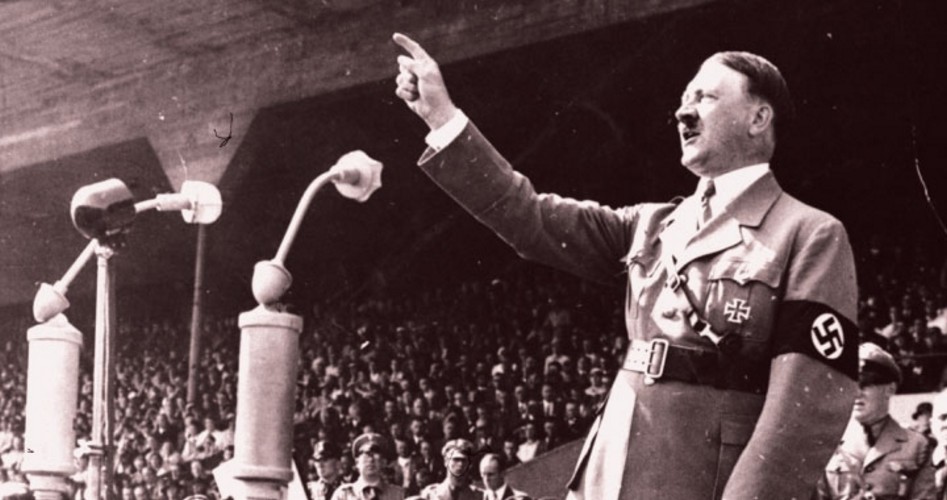The Treaty of Versailles and the Rise of Nazism
When the guns of August 1914 finally fell silent on the 11th hour of the 11th day of the 11th month of 1918, Germany was in a state of turmoil. Throughout October, while armistice negotiations had proceeded, fighting had continued on all fronts, with the German Army experiencing severe reversals. Units of the Imperial Navy had mutinied at Kiel in early November, setting off a revolutionary movement that spread rapidly to all parts of Germany. On November 8, Bavaria had proclaimed itself a republic. By November 9, the conservative Social Democrats, under the leadership of Philipp Scheidemann and Friedrich Ebert, had secured the resignation of Prince Maximilian’s government (which had accepted the Allied armistice conditions) and proclaimed the establishment of the German Republic. A provisional government, consisting of conservative and independent Social Democrats and headed by Ebert, was quickly organized. The left-wing socialists, known as the Spartacus Party and led by Karl Liebknecht and Rosa Luxemburg, were excluded from the government. On November 10, Kaiser Wilhelm II, whose abdication had already been announced, had taken refuge in the Netherlands.
At this crucial moment in history, the internationalists controlling the governments of the victorious Allied Powers betrayed their own peoples, as well as the German people, by breaking their solemn promises and fastening a cruel victor’s peace on defeated Germany. This betrayal, predictably, produced the German outrage and bitterness that paved the way for the rise of Hitler and guaranteed the Second World War 20 years later.
Shortly after the formation of the provisional government, the Spartacus Party, which had been in the forefront of the initial revolutionary outburst, resumed and intensified its agitation for the creation of a Soviet-style regime similar to that of the Russian Bolsheviks. Encouraged by some successes in gaining support in various places around Germany, the Spartacus movement culminated in a Berlin uprising on January 5 in 1919. After considerable fighting and bloodshed, troops of the provisional government succeeded in putting down the revolt on January 15. Liebknecht and Luxemburg were captured and, while in police custody, murdered.
JBS Member or ShopJBS.org Customer?
Sign in with your ShopJBS.org account username and password or use that login to subscribe.

 Subscribe Now
Subscribe Now
- 24 Issues Per Year
- Digital Edition Access
- Exclusive Subscriber Content
- Audio provided for all articles
- Unlimited access to past issues
- Cancel anytime.
- Renews automatically

 Subscribe Now
Subscribe Now
- 24 Issues Per Year
- Print edition delivery (USA)
*Available Outside USA - Digital Edition Access
- Exclusive Subscriber Content
- Audio provided for all articles
- Unlimited access to past issues
- Cancel anytime.
- Renews automatically


